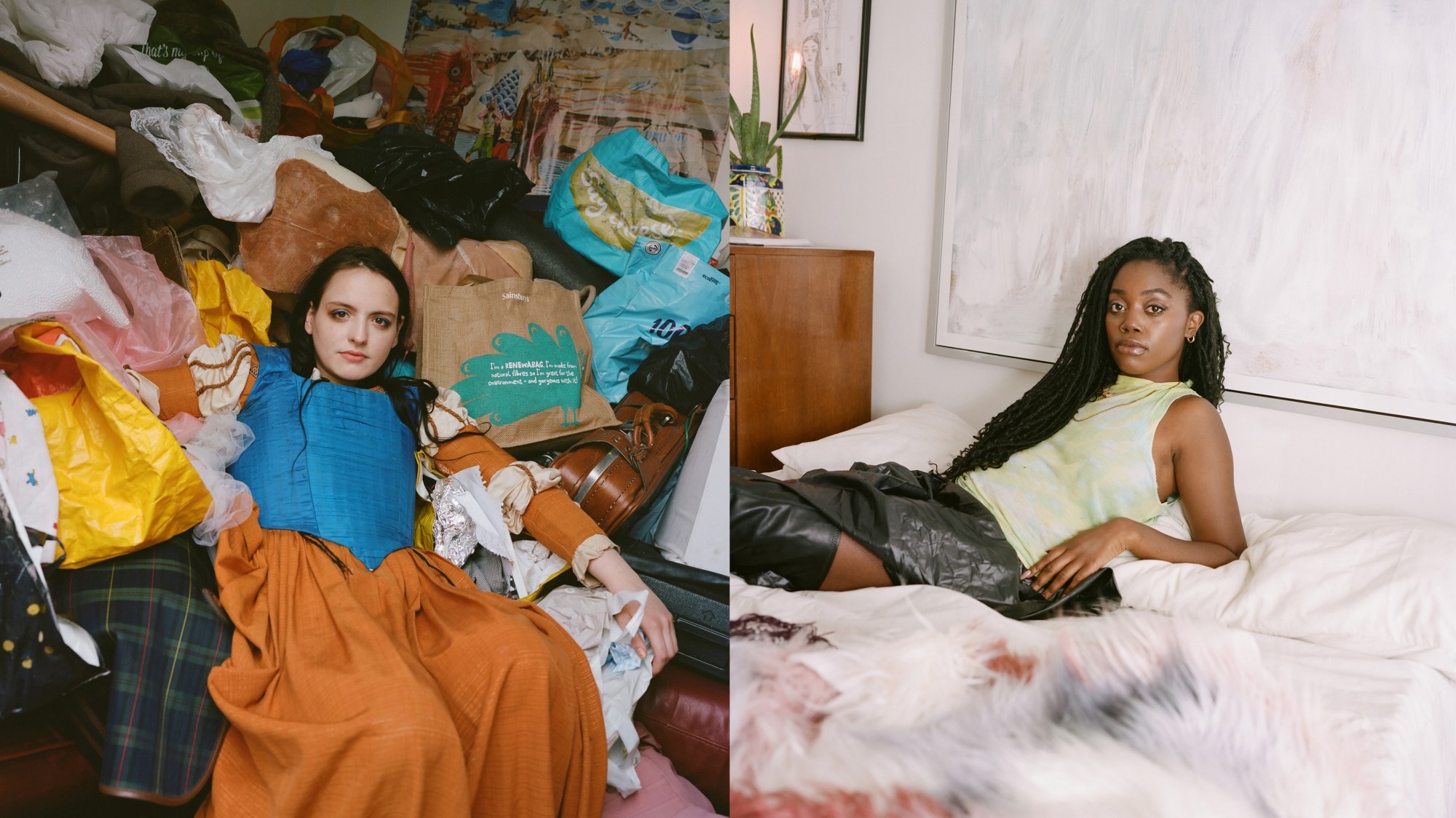Who do you think of when you think of Attention deficit hyperactivity disorder, better known as ADHD? More than likely, they’ll be white, male, middle class and scarcely above the age of 15. While the condition — a behavioural disorder that affects concentration — is scarcely represented in the media, the few examples that do exist (Lynette’s children in Desperate Housewives spring to mind) reinforce the notion that ADHD is both something you grow out of and something that only impacts a demographic of the pale, male variety. And as is often the case, these stereotypes have real-life implications: namely, a marked under-diagnosis of women and ethnic minorities.
This misconception is something that Nora Nord, a queer, Norwegian photographer based in London, wants to change. Motivated by her own experiences of ADD (minus the hyperactivity) and of those of members of her friendship circle, earlier this year she embarked on a project very close to her heart: photographing the queer individuals with ADHD who are typically overlooked when it comes to depicting the condition.
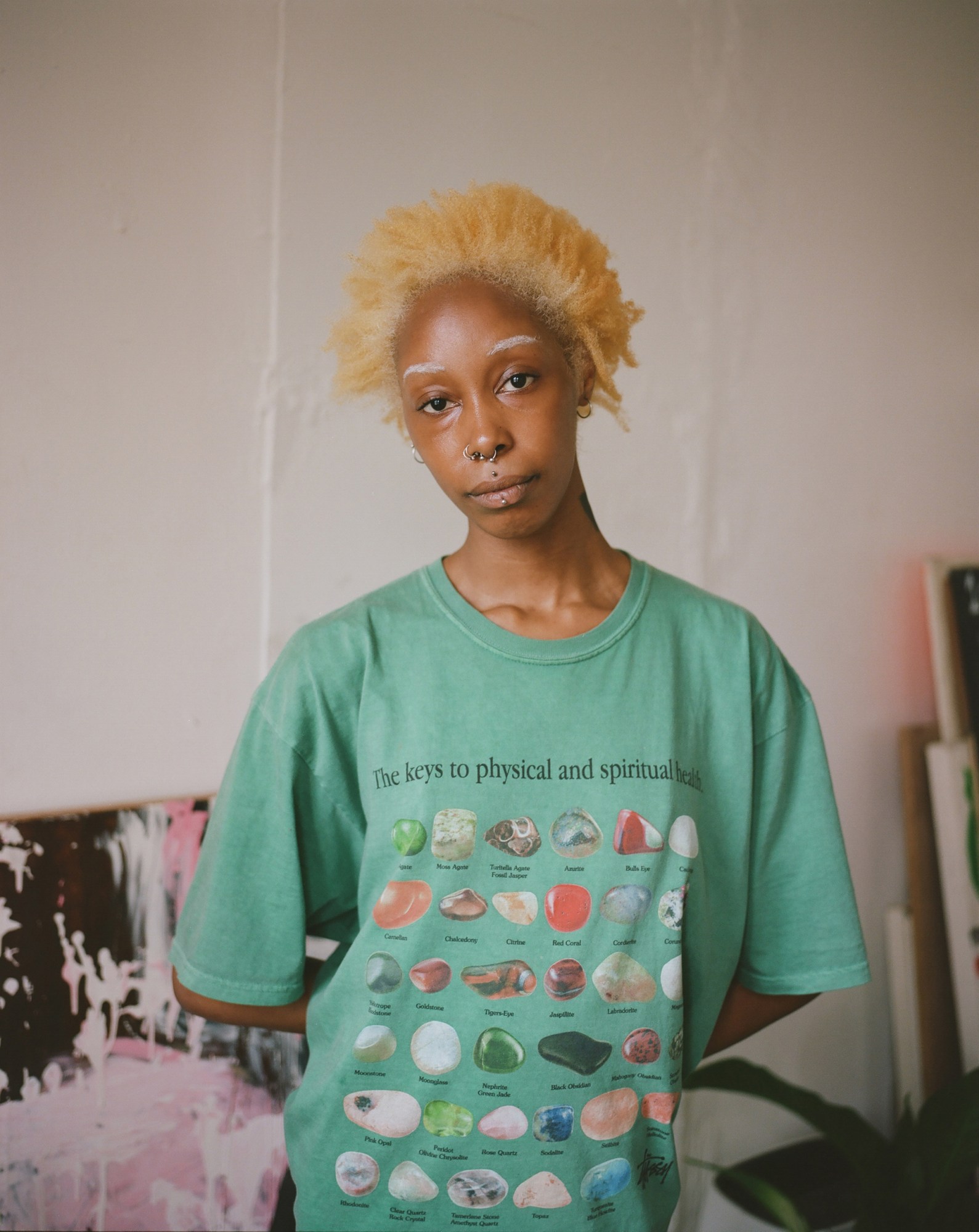
Taking you into the heart of their homes and bedrooms — sometimes spotlessly clean, other times a jumble of clothes and overwhelming piles of stuff — these intimate images create a moment of quiet connection between each subject and Nora’s presumed audience; diverse individuals with ADHD who’ve yet to see themselves reflected in the media or medical textbooks.
Speaking over the phone, Nora explains that the photography series — which is accompanied by in-depth interviews she’s hoping to later release as a podcast — began as a way of finding community. “The project began because I was looking for a way to overcome my own symptoms and to connect with people who also had it,” Nora says. “I don’t have a therapist yet so I just felt like I needed a space to share, learn, listen and also be heard.”
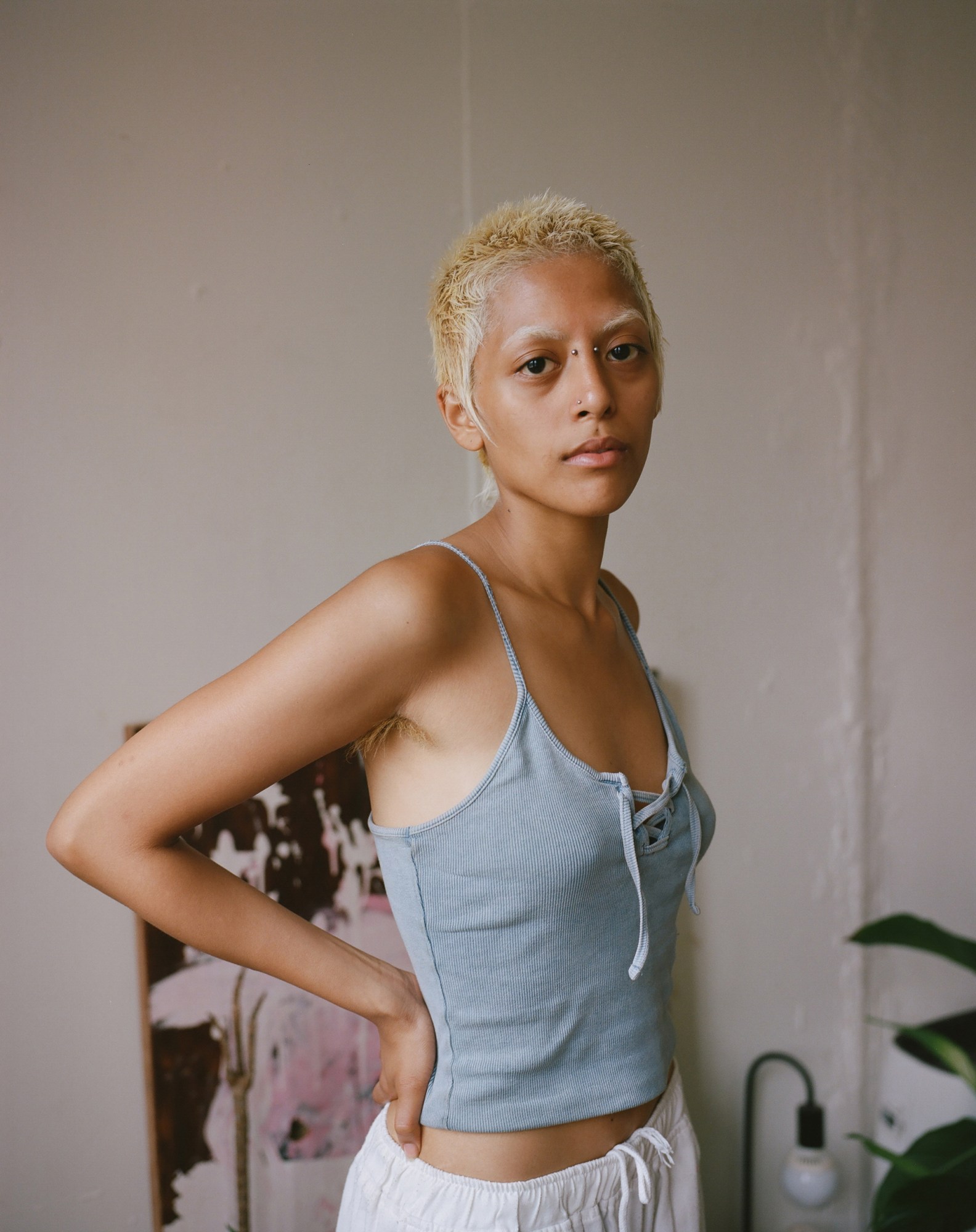
“There’s a lot of misinformation about the condition and there’s just so much that’s left out,” she says. “Even a lot of books written about ADHD are by people who don’t have ADHD, or they’re just geared towards cis men.” Nora sees the project as a response to the amount of misinformation, and is hoping to highlight this inequality through her work. “There’s such a clear gender bias in diagnosing ADHD so [the experiences of women and people assigned female at birth] often goes under the radar, as it goes against the stereotype of the young white boy with ADHD,” she says.
As Nora mentions, this bias means women and AFAB people are often left behind when it comes to the treatment. Women who are not diagnosed with ADHD in childhood have an average diagnosis age of between 36 and 38 and, if they show symptoms, these can be misread as depression or anxiety. As you’d expect, on the NHS — famously lacklustre when it comes to mental health provision — procuring an ADHD diagnosis can be a lengthy and trying process, causing unnecessary stress for neurodiverse people.

Rachelle, a fellow photographer featured in the series, underscores these issues, emphasising how much easier her youth would have been if she was diagnosed with ADHD as a child. “I know that if I were personally diagnosed [with ADHD] from a young age I could have avoided a lot of self-deprecation and confusion,” Rachelle says. “I would have been a lot kinder to myself and been able to get through academia a lot more easily.”
This is echoed by D, a writer and PhD student who appears in the project. “Being diagnosed sooner would have helped me so much. For most of my academic career I felt like I was making it up and on my own; the processes that others could navigate so breezily seemed very alien to me. I think without my family and partner I would have been completely at sea.”
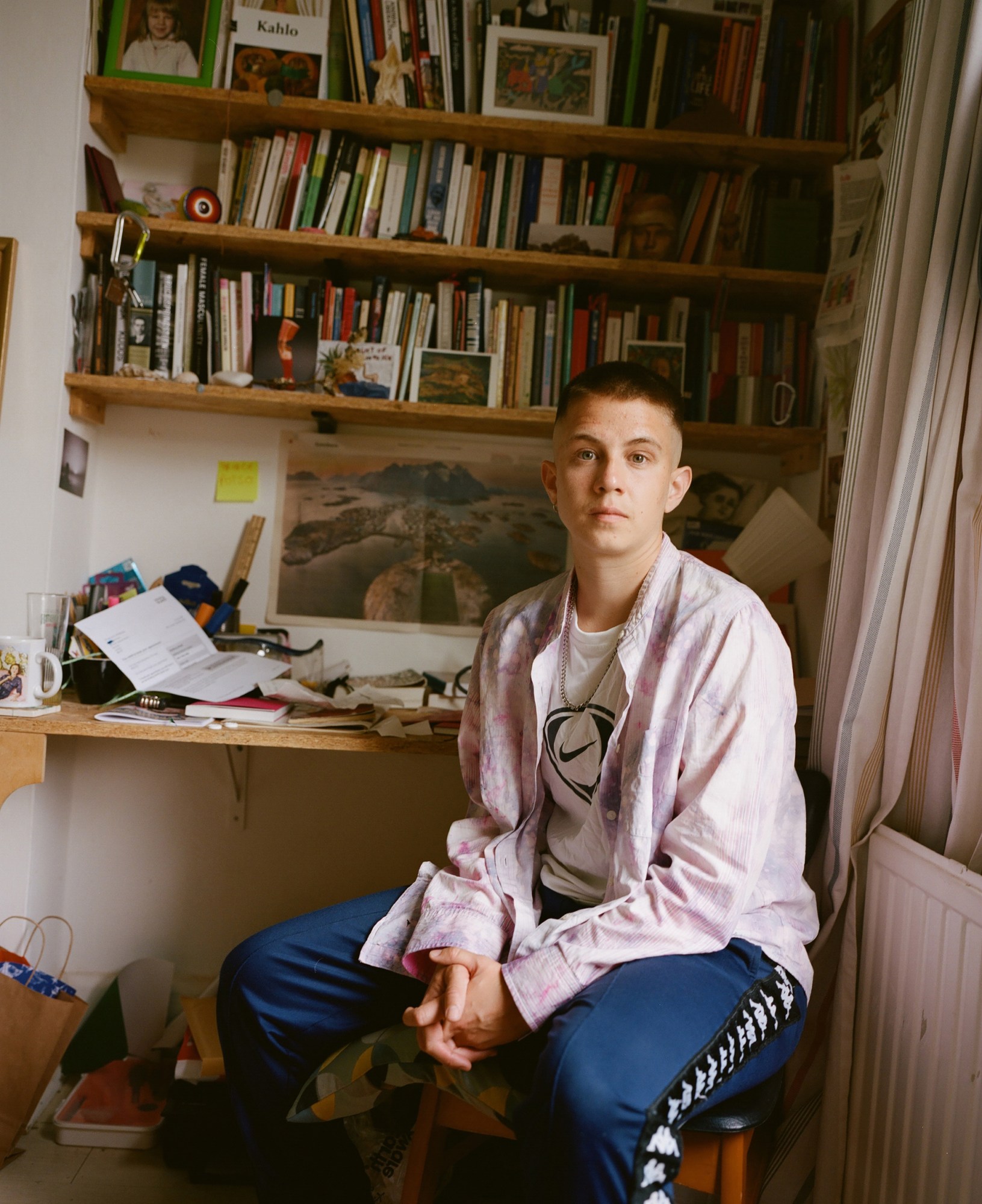
In order to prevent anyone else from encountering the unnecessary struggle that D and Rachelle have been subjected to, D believes that there needs to be a fundamental shift in how ADHD is diagnosed, particularly from an accessibility standpoint. “There should be adequate provisions and support made free and accessible for people to identify what’s going on, early on,” they say. “And a recognition in healthcare that lots of what is needed to get a diagnosis [of ADHD] is what people with ADHD suffer with — forms and organisation! People are currently self-diagnosing with memes.”
When it goes undetected, ADHD can cause individuals stress and low self-esteem, particularly as they struggle to understand how their brain works or find themselves unsupported in traditional academic or working environments. Generally, individuals with ADHD can experience difficulty with time management and planning, as well as maintaining focus. But rather than buying into the notion that the condition is purely negative, it’s worth considering some of the many positive aspects which individuals with ADHD self-report; heightened problem-solving and imagination, high energy levels and periods of hyperfocus, where individuals are able to focus intensely on a task or topic they find interesting for hours.
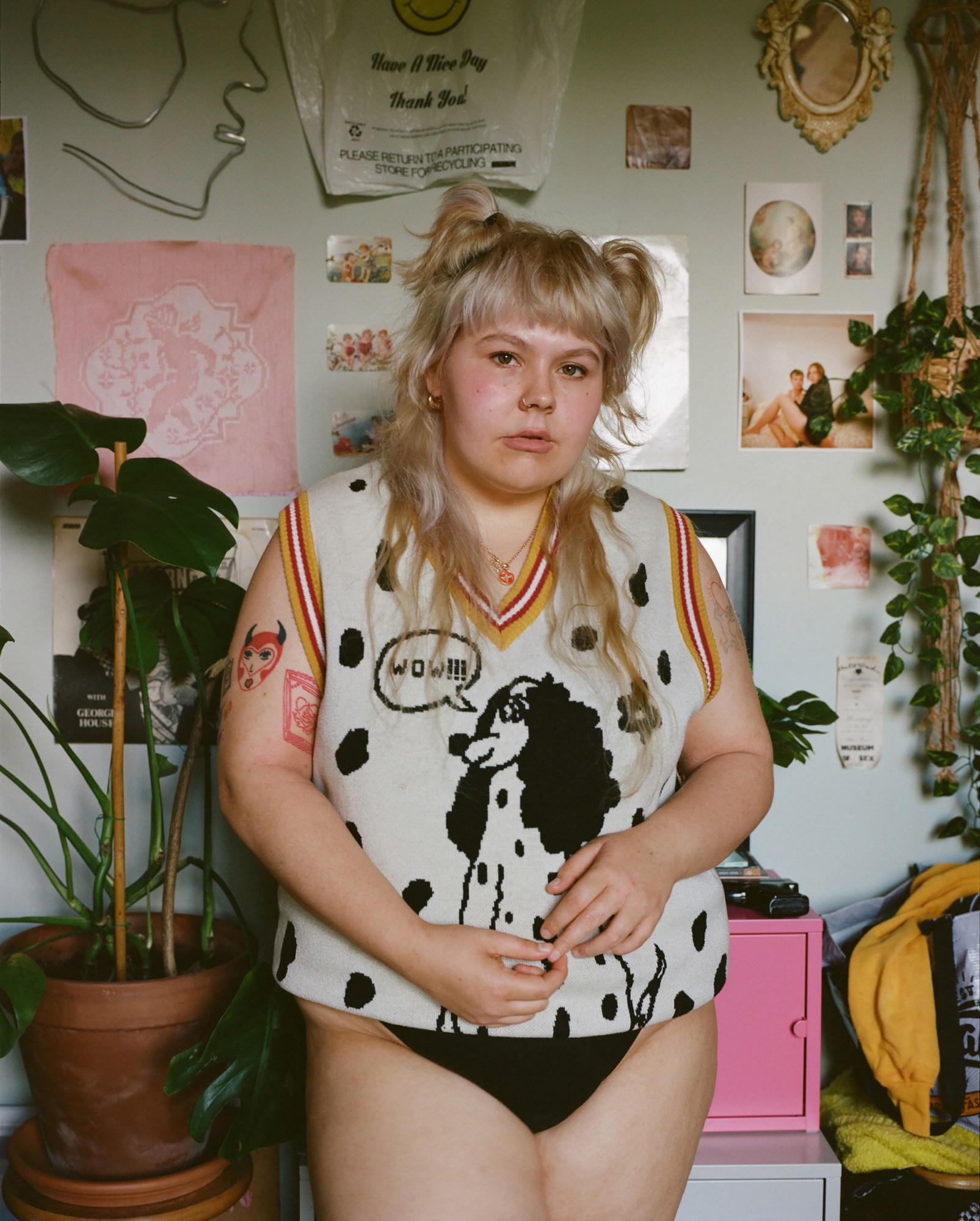
June, an artist photographed for the project, explains that his ADHD is closely tied to his creativity and artistic practice. “Some of the most creative people I know have ADHD — they tend to be a lot more willing to engage in the unknown, try out new things, and are often way bolder and risk-taking in their creative output,” June says. “For me, creativity is very driven by my emotional responses — to people, my experiences, to conversations — so I experience creativity as something that comes in bursts, which I then feel very emotionally compelled to follow through with.”
While shoots are temporarily on hold due to lockdown 2.0, Nora’s casting for the project is spiderwebbing out from her own friends and acquaintances and into the wider queer creative community in London, a move that allows for more diverse and inclusive representations for Nora to dive into. As she so succinctly explains; “I want to create a body of work that people with ADHD could recognise themselves in.”
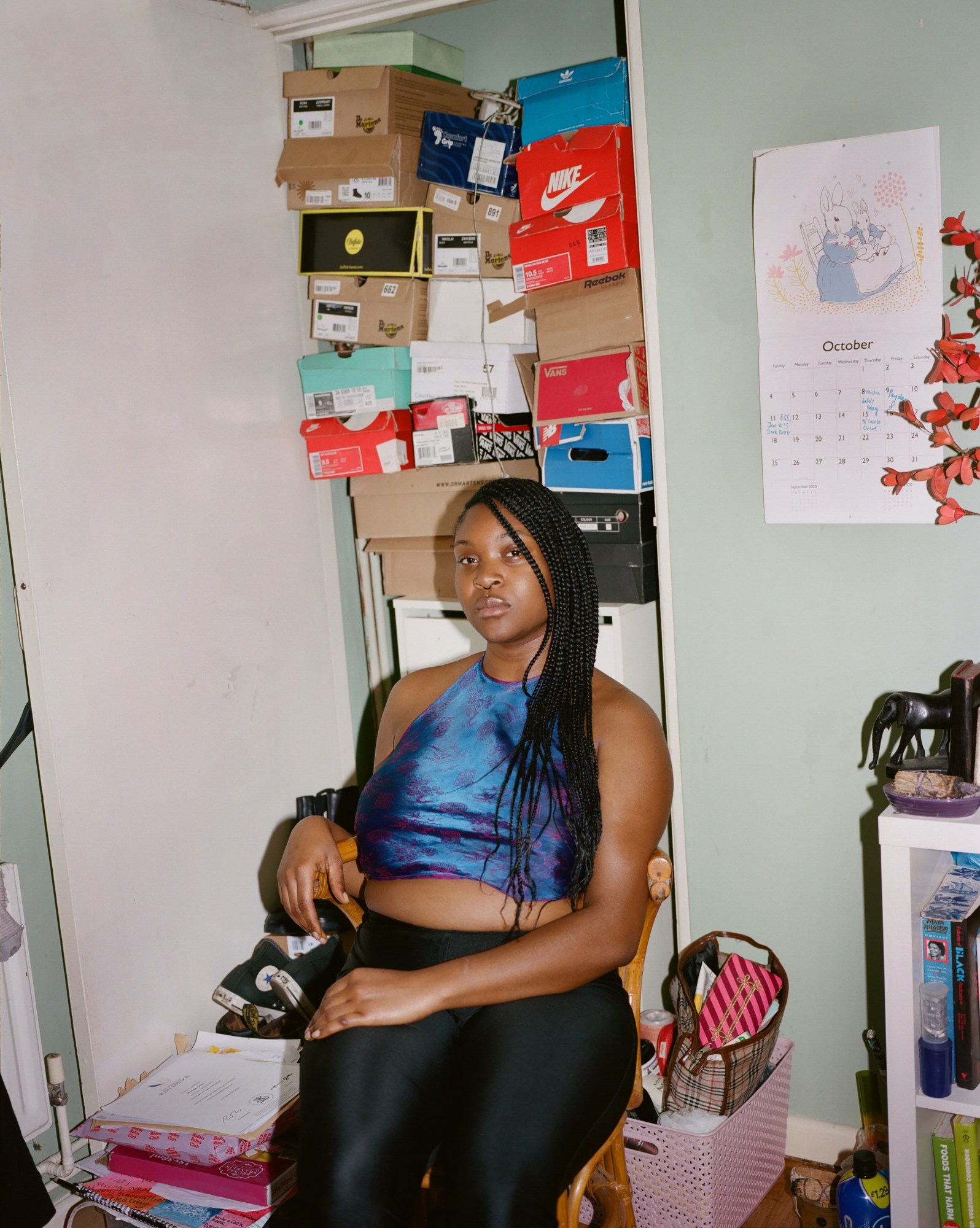
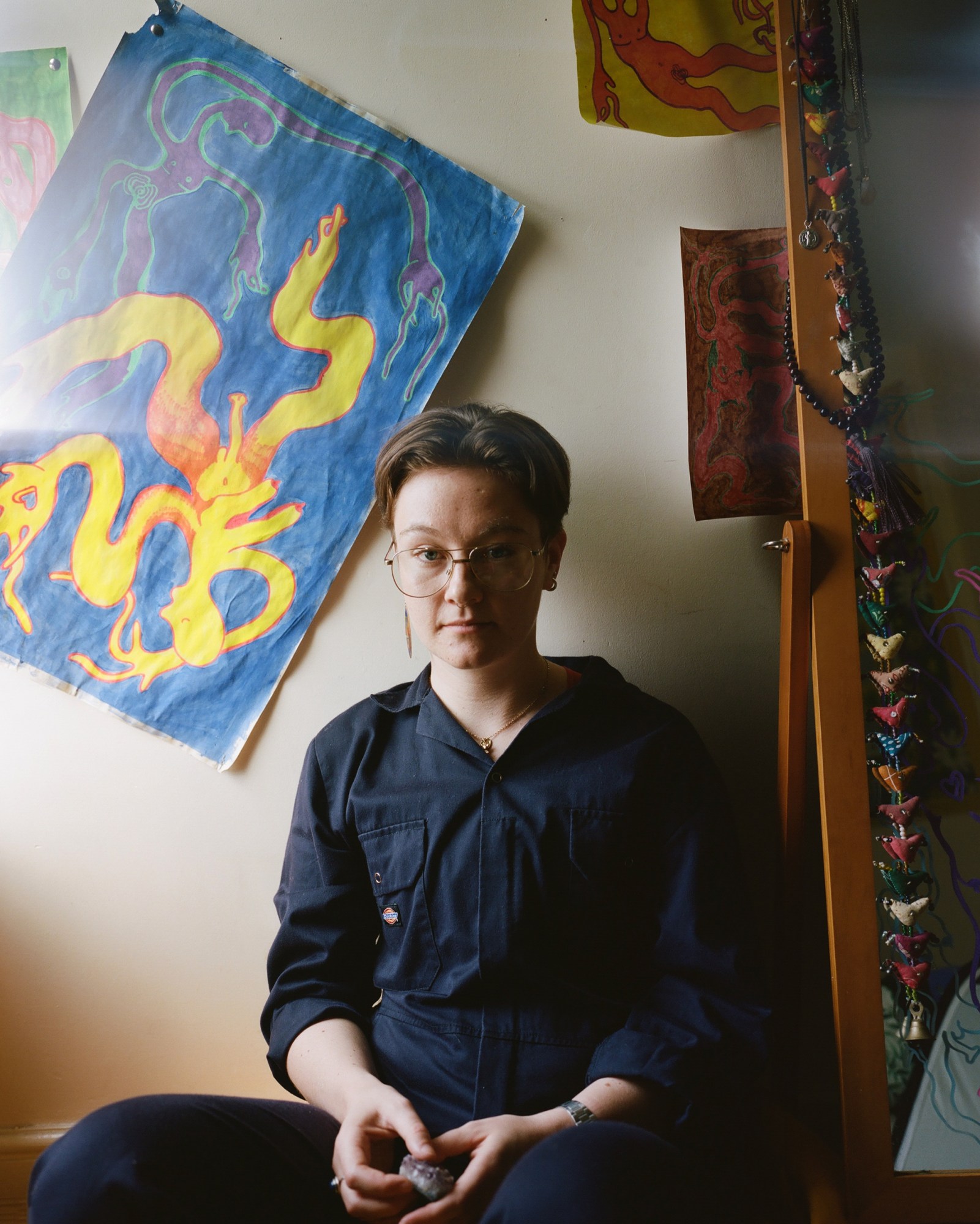
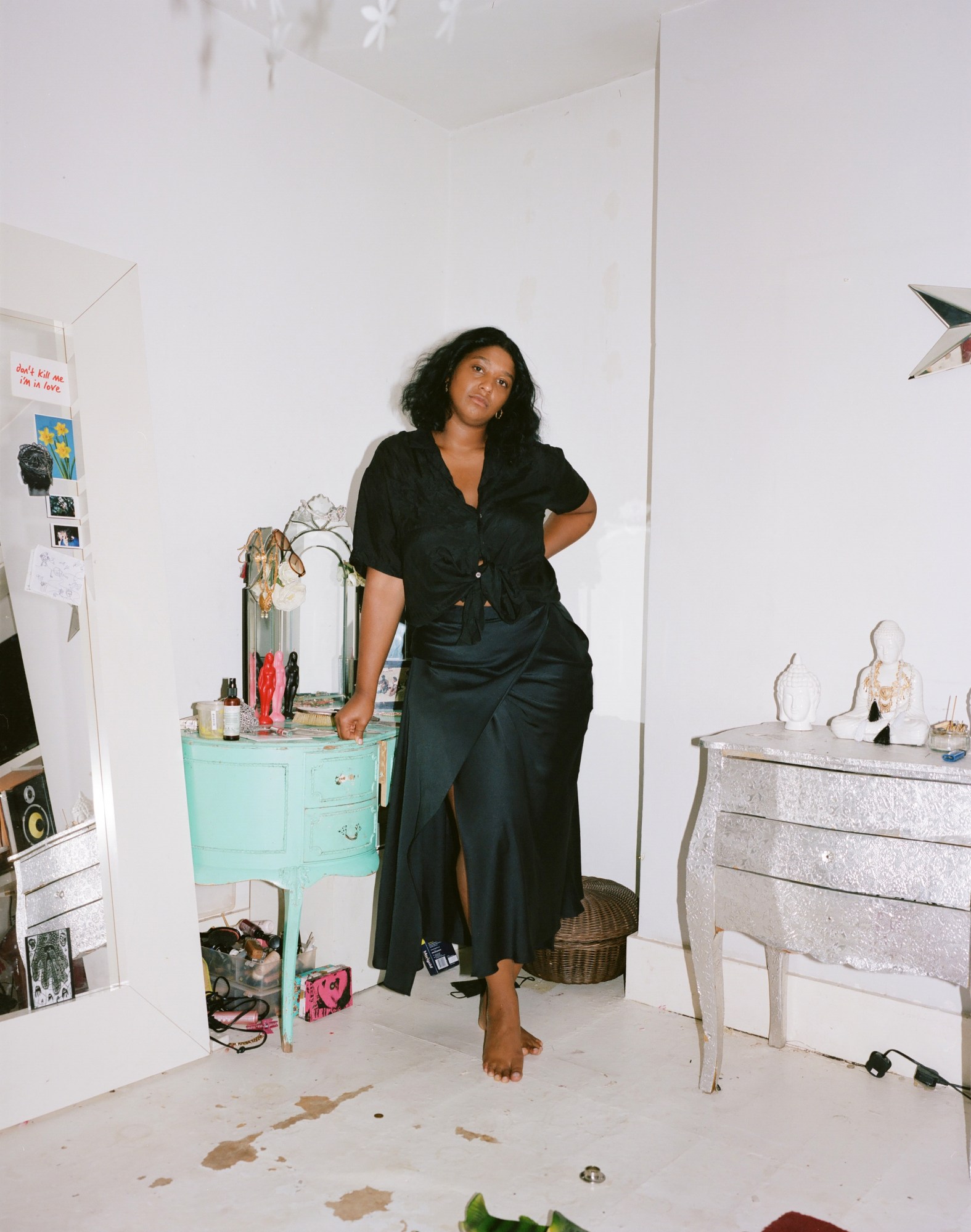
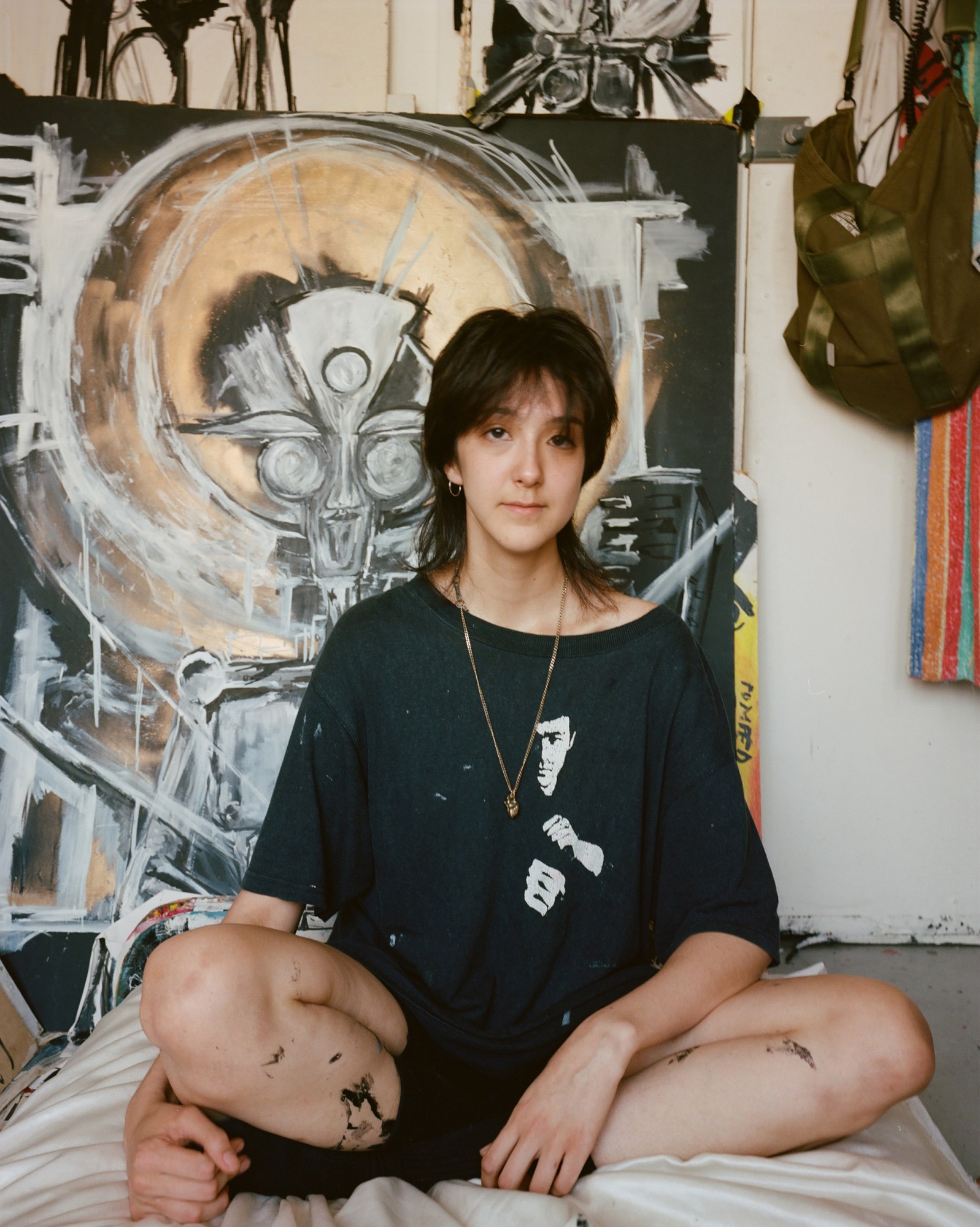
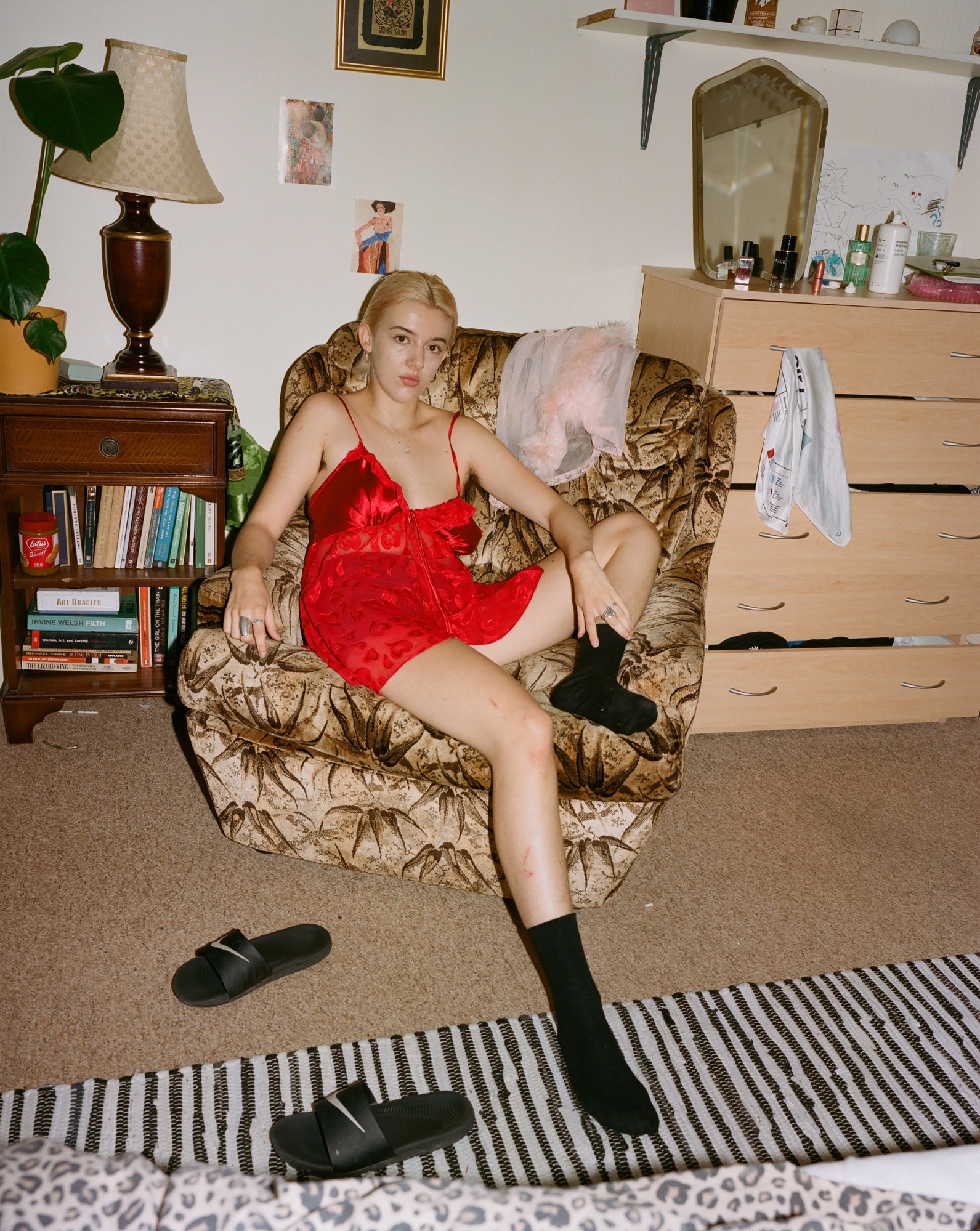
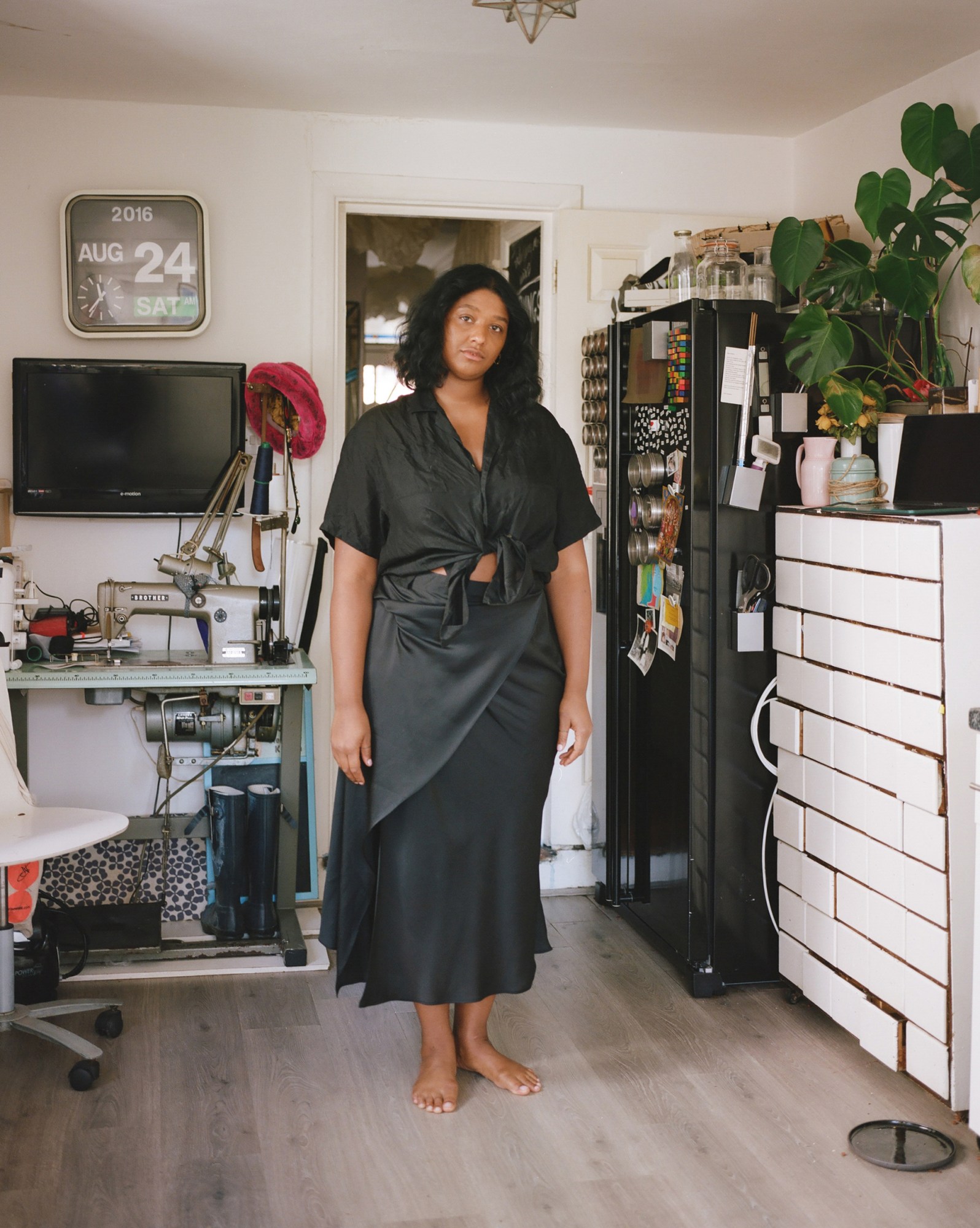

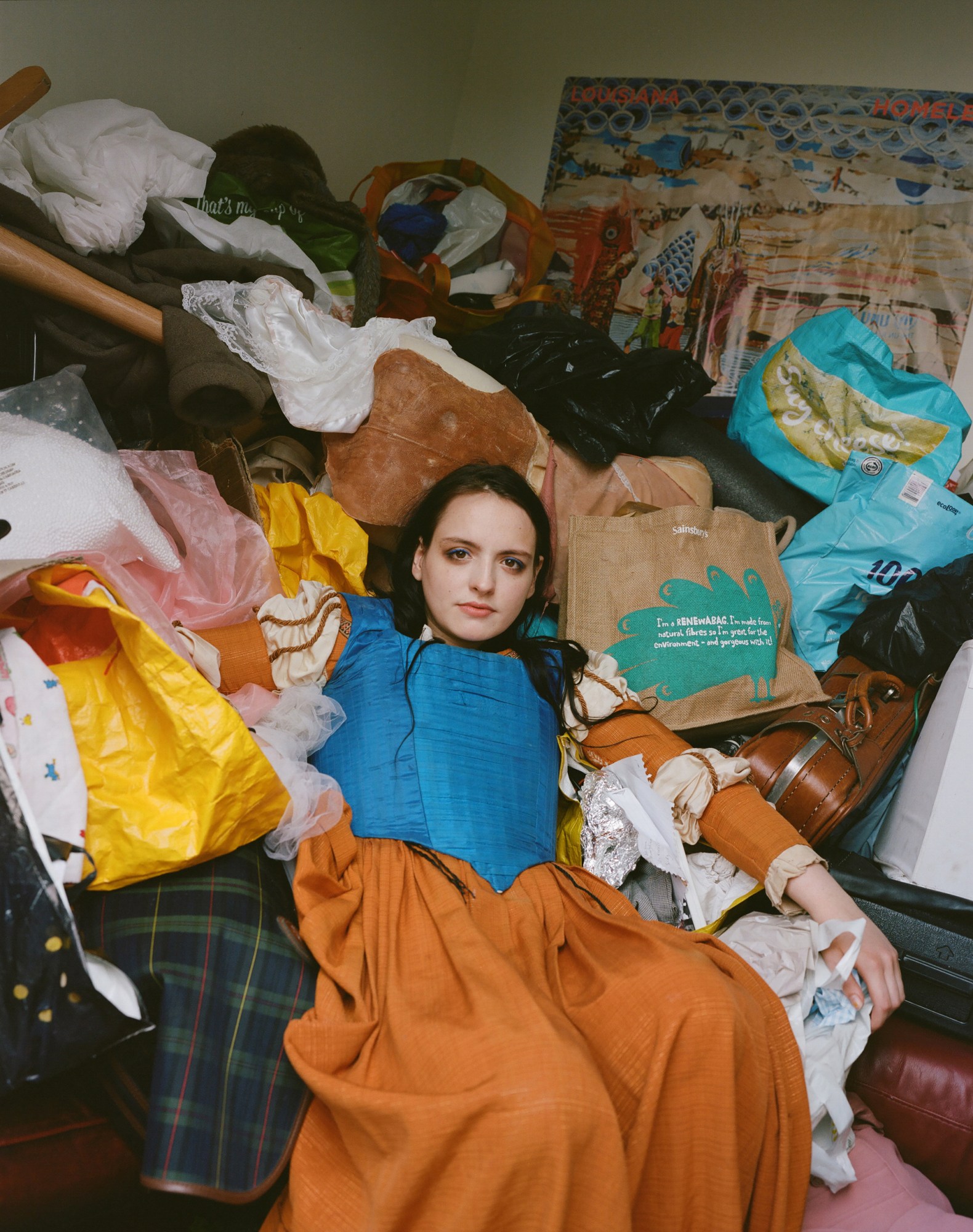
Nora has compiled a document of resources for individuals with ADHD to consult here.
Credits
All images courtesy Nora Nord
